In recent years, with the development and changes of the environmental protection market, the requirements for waste disposal have been continuously improved, and more and more industries have chosen drying as the final disposal method. Among the many industrial applications, the bean dregs in the bean product industry have high nutritional properties, and systematic drying treatment will make them have very considerable economic benefits.
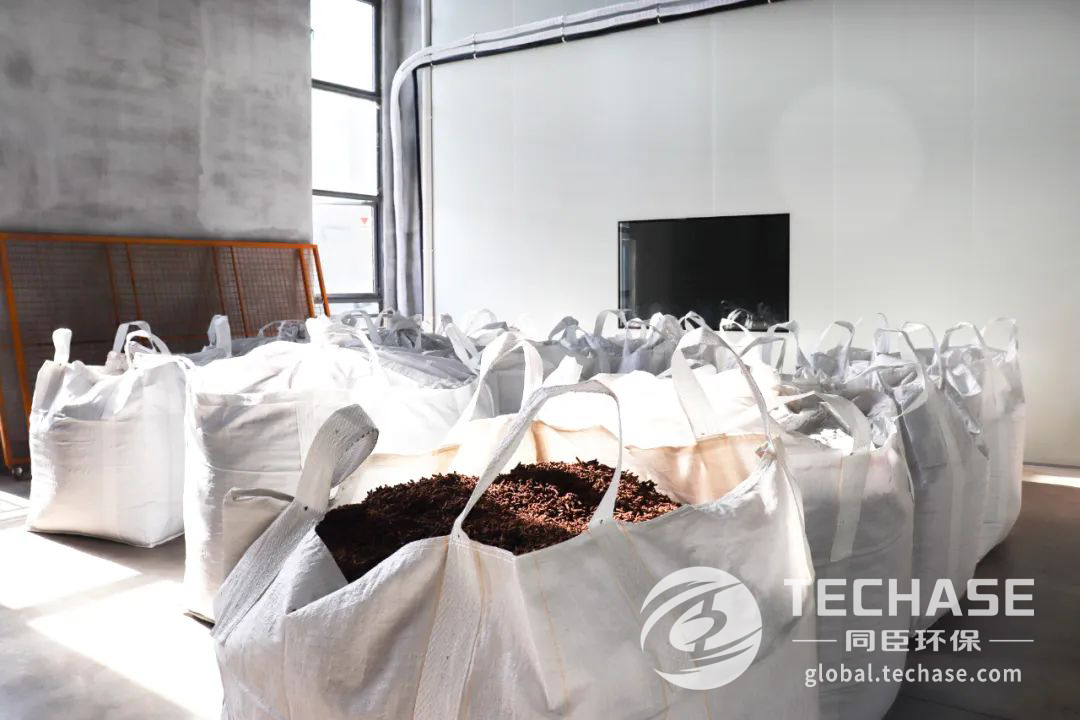
The domestic production and sales of soy products are huge, and the resulting output of soy dregs is also very spectacular. Bean dregs contain about 8% fiber, about 25%-30% protein, and about 12.40% fat, and its nutritional value is higher than that of many dregs. If these bean dregs, which are huge in size and highly nutritious, can be fully utilized, they will not only solve the problem of bean dregs treatment and disposal in the factory area, but also integrate resources and turn waste into treasure. At present, most domestic soy product manufacturers treat bean dregs by drying them as feed raw materials. This disposal method can not only improve resource utilization and economic value, but also reduce the breeding cost of farms. In addition, after drying the bean dregs, it can be used as cat litter through equipment processing to remove odor and be safe. It is also an available option.
The benefits and value of bean dregs drying and utilization are so obvious, so it is also very important to choose a suitable drying method. Techase low temperature sludge dryer, in addition to being widely used in municipal, industrial and other industries, has also achieved remarkable results in the treatment of bean dregs. This time, I will take you into Kunshan, Jiangsu, to see how bean dregs are dried and finally turned into feed for reuse!
Project Overview

This project is located in Kunshan, Jiangsu, and is an intelligent equipment manufacturing enterprise specializing in providing automated packaging solutions. Its business production lines are flexible and market services are diverse, including undertaking a large-scale disposal of waste bean dregs from soybean product manufacturers. The user originally tried the dryers of other manufacturers for drying treatment, but the temperature of the dried bean dregs was high, which was not conducive to the sales and utilization of feed in the later stage. In the end, after multiple comparisons, we chose the Techase low temperature sludge dryer, and the price of the bean dregs produced increased by 2.5 times per pack!
The daily treatment capacity of fermented soybean residue wastewater in this project is 20,000t/d (before entering the plate frame), and the daily treatment capacity of the dryer feed is 20t/d. There are relatively strict control requirements for the drying of bean dregs in the factory area. First, the moisture content of the dry material must meet the inspection standards for later feed sales, and the second is to maximize resource utilization. The first phase of the project adopts TCSD9600HC Techase low temperature sludge dryer. After drying, the moisture content of bean dregs is about 10%, and the discharge temperature is low, which meets the feed sales standard in the later stage of the plant. The discharged filtrate is sold as water-soluble fertilizer and used to spray crops.
The later benefit proves that the adoption of Techase low temperature sludge dryer has created obvious economic benefits for the plant area and solved environmental problems for users, both in terms of project input cost and resource utilization.
After the bean dregs wastewater in the factory is treated by the original plate and frame filter press, the moisture content is about 60%, and then directly transported to the Techase low temperature sludge dryer through the screw conveyor. After being efficiently treated by the dryer system, after drying The moisture content of the bean dregs is about 10%, which is then collected and processed uniformly and used as a feed raw material for market sales; the filtrate is sold and utilized as a water-soluble fertilizer.
It is the development direction of many enterprises under the background of dual carbon to promote the adjustment of the industrial structure and energy integration of enterprises and achieve the greatest growth in environmental protection and economic benefits. As an environmental protection enterprise, we must actively carry out green technology innovation and promote the development of a low-carbon and environmentally friendly market economy. As another typical case of Techase in drying technology, this project not only deepens the innovation and application of drying technology, but also provides assistance for the development of an environmentally friendly economy.
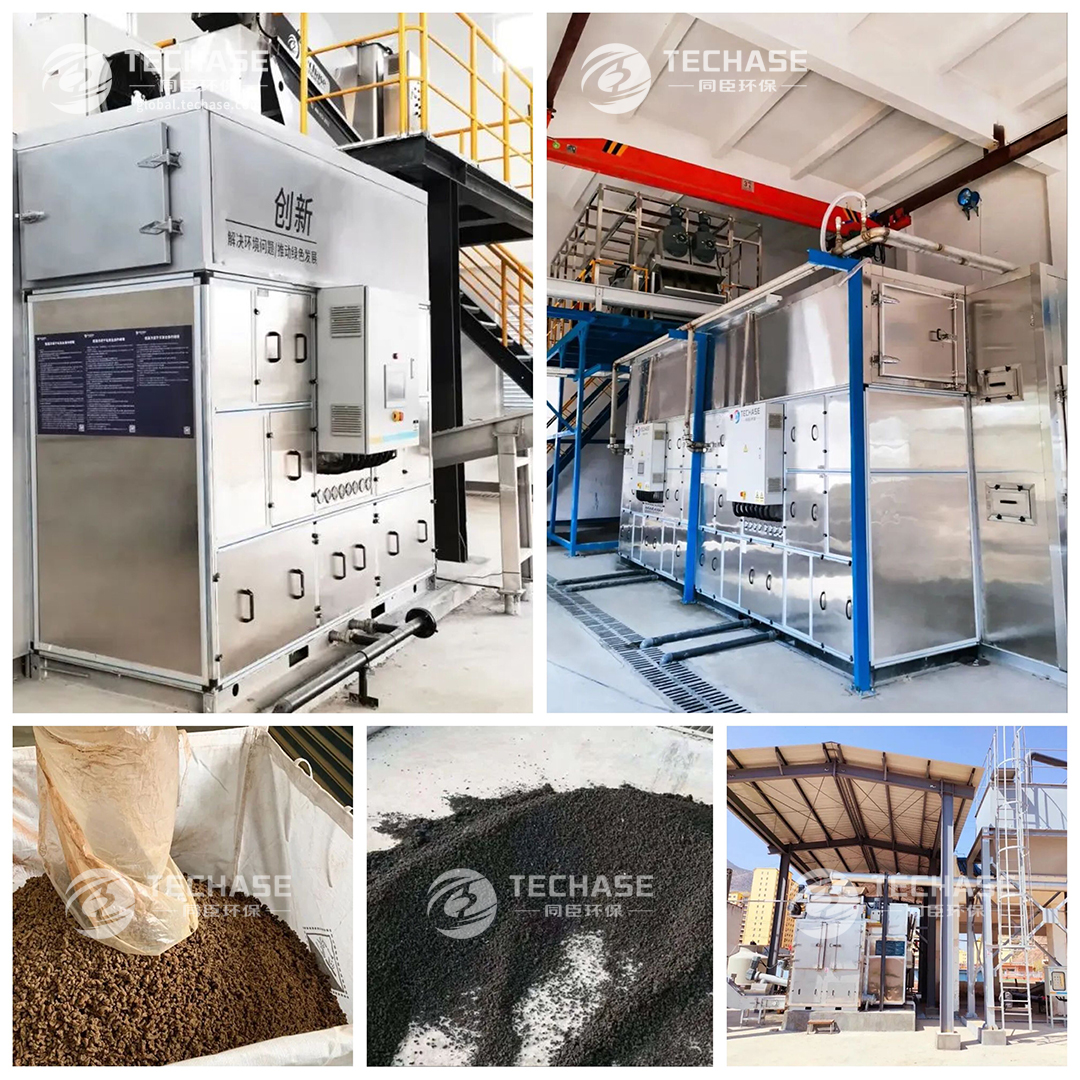
Since its establishment, Techase has been committed to solving environmental problems for users in different industries, which involves a wide range of industries and has achieved remarkable results. In the current increasingly severe market environment, we always believe that although environmental governance has a long way to go, there are many difficulties and challenges on the road, but we will continue to move forward as always and strive to be the first.
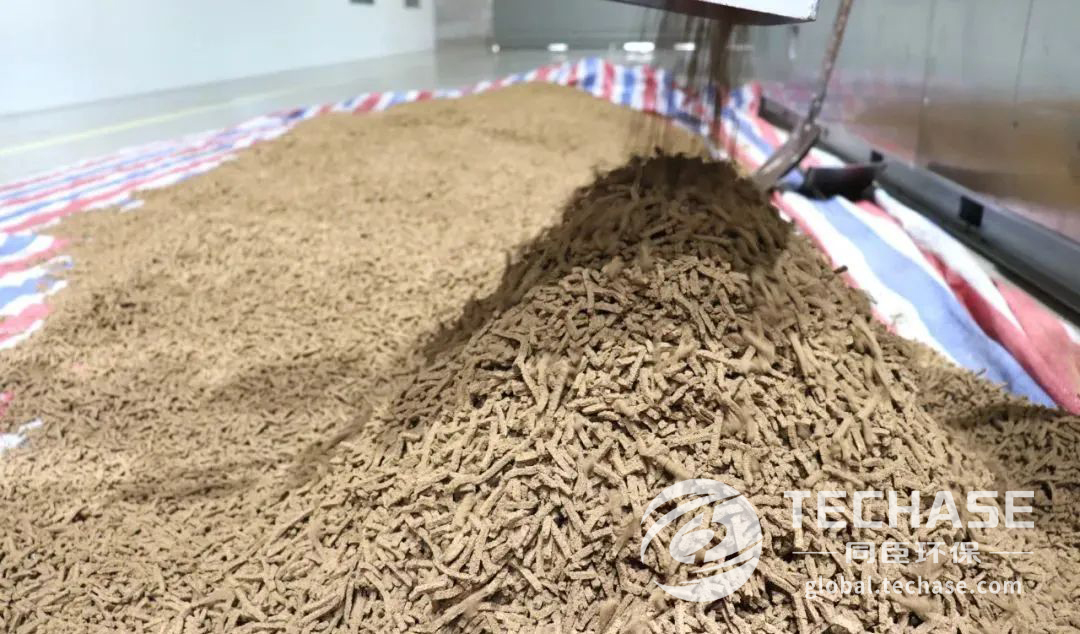


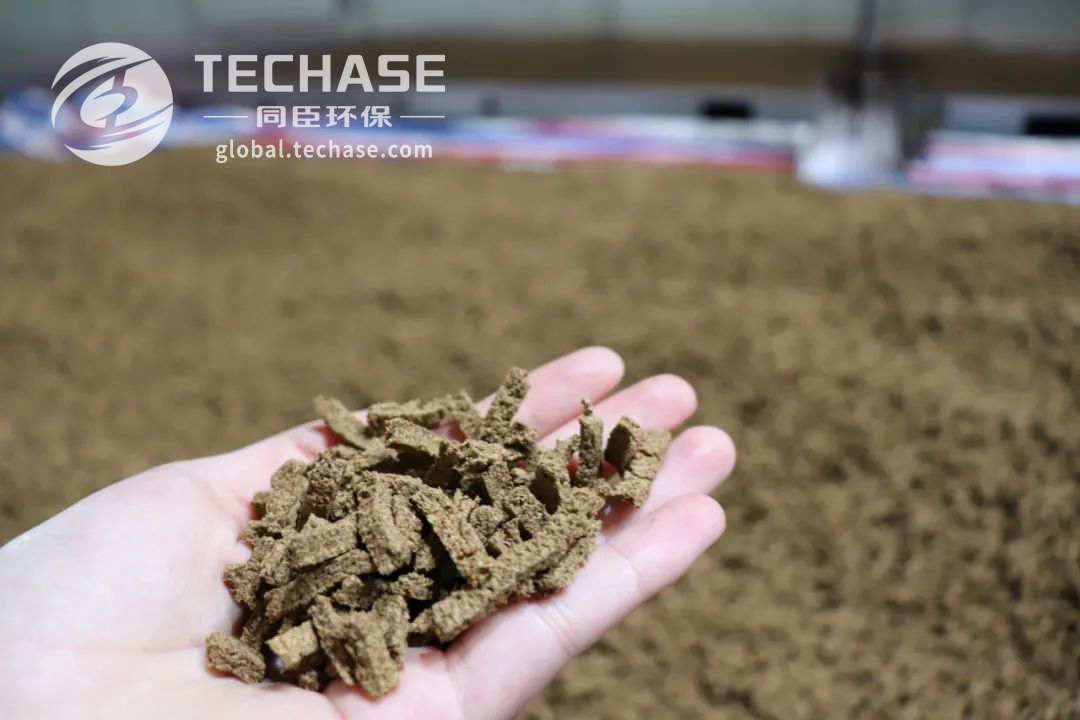
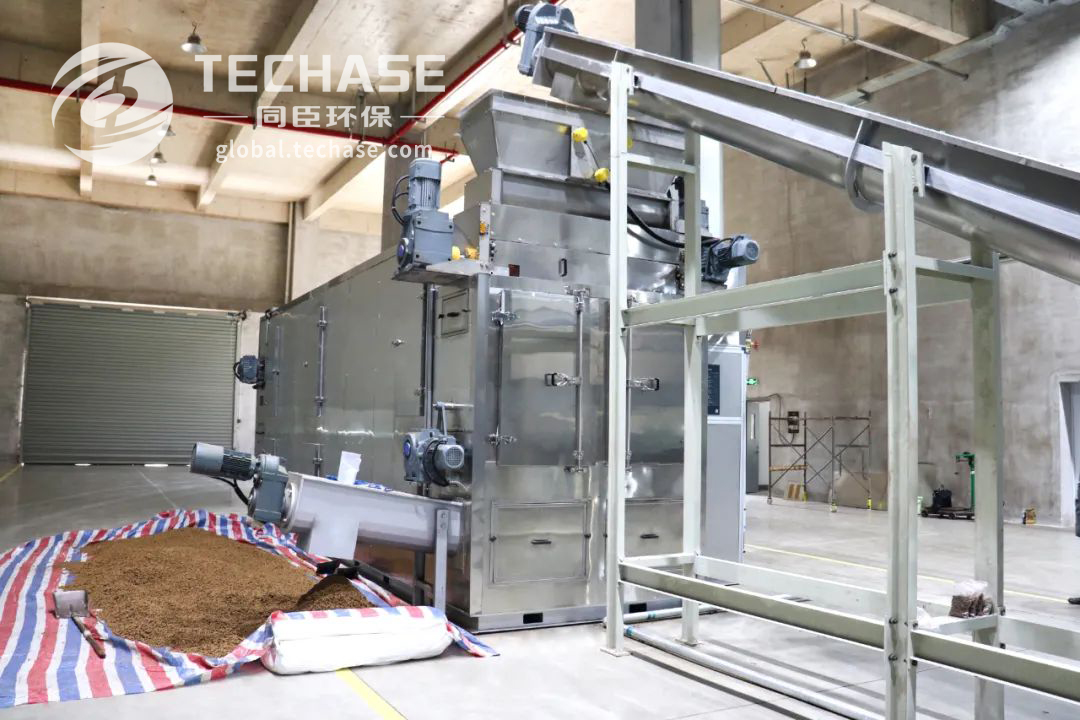
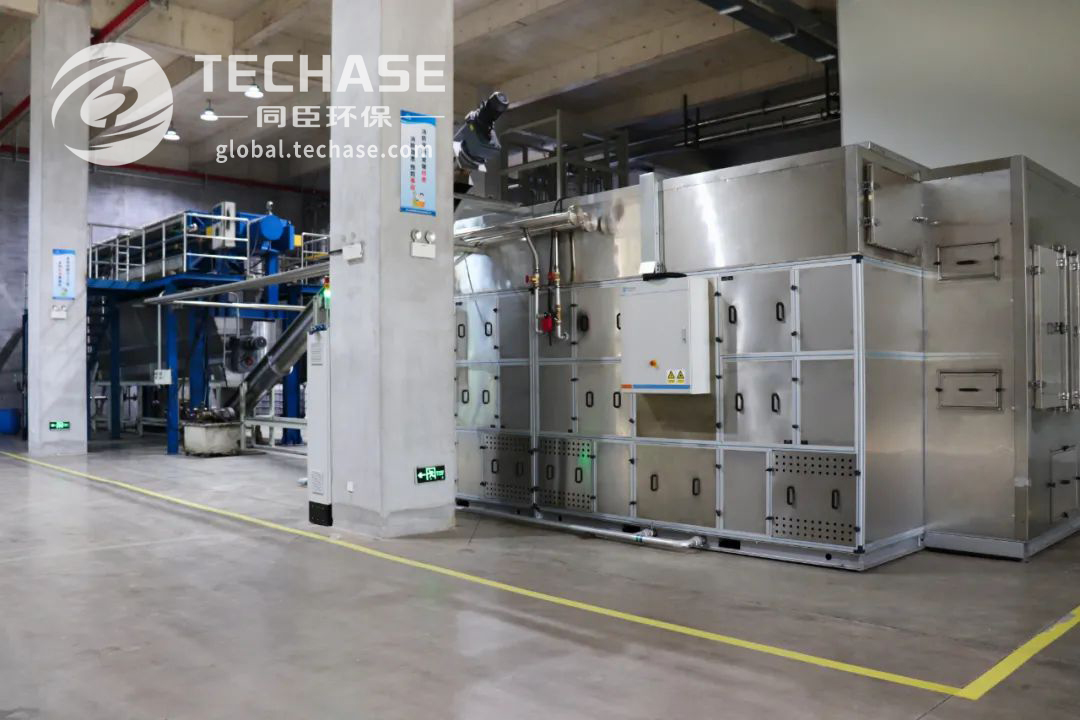
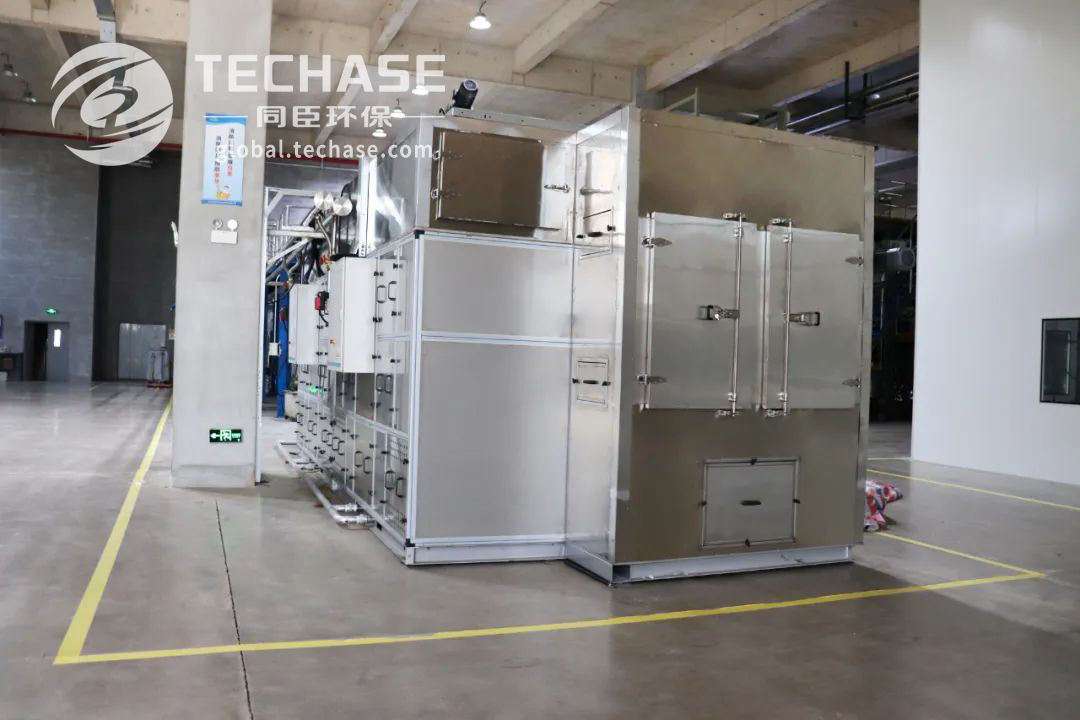

 扫一扫咨询微信客服
扫一扫咨询微信客服